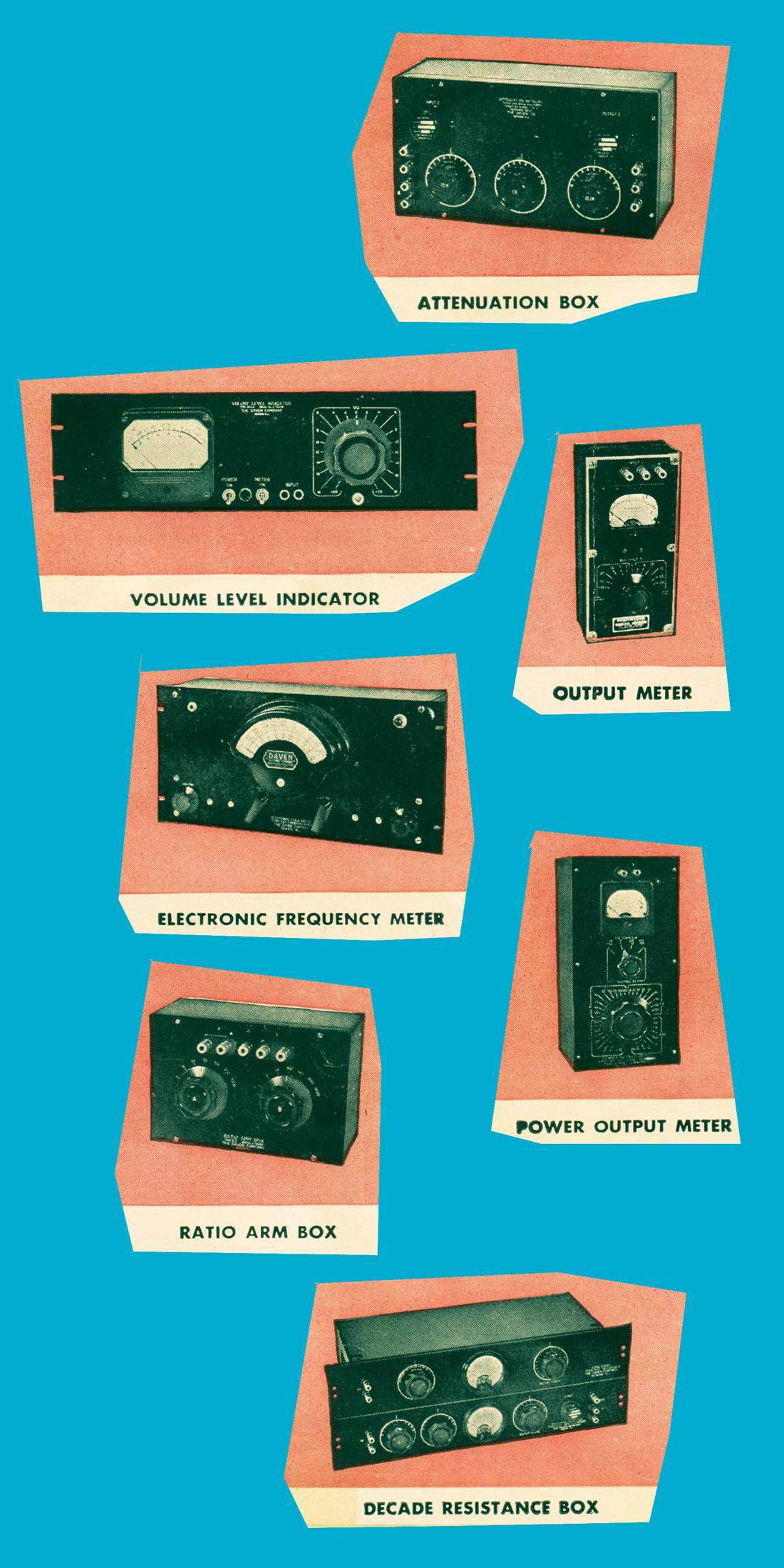Building upon the foundations of the renowned SSL G Series bus compressor, Alan Smart drew on years of experience working for SSL to create the first (that I am aware of) rackmount clone of what was, up until then, only available as part of the center section of an enormous SSL mixing desk. The Smart C1 compressor, introduced in England in 1988, has become an absolute mainstay of many a professional studio for the one thing it does best - stereo bus compression. Twenty-five years later, the C1LA comes to market in the very 2013 format of the double- wide 500-series module. (The "LA" stands for "Lunchbox Anniversary", but it also may be a reference to Los Angeles' Sunset Sound, which is celebrating its 50th anniversary this year and also happens to be Smart's North American distributor.)
Feature-wise, the C1LA has what you'd expect, and then a few things more. The straightforward controls, taken directly from the C1, are threshold, ratio, attack, release, and makeup gain. The C1LA has one more release time (2.4 seconds) and three more ratios (1.5:1, 3:1, and "Lim") than the standard C1 possesses. You can also divide the threshold setting in half with a button, doubling the resolution of the potentiometer. There's a soft knee option, which gives a more gradual curve to the selected threshold and ratio settings. Attack and release times can be multiplied by 1.5, giving loads of flexibility there. "Auto Long" makes the auto release setting... wait for it... longer, by an unspecified amount. Stereo linking has three settings: unlinked (dual mono), DC-linked, and fully stereo. As far as I can gather from the manual, DC (or diode) linking "protects the stereo image" but allows for more independent channel reduction than the standard summed-stereo link. There is also the ability to display input level, output level, or gain reduction on the largish needle meter wedged into the corner of the faceplate. Sidechain options are multifold; you can either choose from one of three sidechain HPF frequencies (65, 130, or 205 Hz), or you can inject your own stereo sidechain signal into the two "bantam" (British for tiny-telephone) jacks on the front of the unit. Just when you thought you'd seen it all in 500-series module design.
Whew, I'm tired, and I've only just described the features of the thing. Luckily, describing the sound of the C1LA is easy: good. Really good.
I'm a sucker for a good, tight, VCA compressor. I guess I like to hear a compressor working sometimes, so I lean towards the settings on the C1LA that get audible results - fast release times, dual mono so you can hear the mono elements shifting back and forth in the stereo field just a tad. You get the picture. I also happen to be a 4:1 guy for SSL-type compressors. I've found that engineers tend to find a ratio they like and stick with it, more or less, on a given compressor. For me, 4:1 just sounds right on a stereo bus. Now, with these settings, I'm not looking for a lot of gain reduction; I'm just chomping off the peaks, so to speak. The C1LA gives me everything I could hope for with this approach. It made the high end come alive and the low end tighten up into a ball of superb chest thud. (Depending on the song, either the 65 or 130 Hz setting was usually engaged.) I did configure the compressor a few times with longer release times, smaller ratios, linked stereo, etc. - for due diligence - and it sounded good and did a fine job. But not quite what I'm looking for - it was too smooth, even at higher gain reduction amounts. The true value of the C1LA, though, is its versatility. It's like a dozen compressors in one, with the myriad of setting combinations it possesses.
Of course, you can use the C1LA for things other than mix-bus compression. The C1LA gets nice and grabby on drum submixes and can really breathe life into an otherwise dull sound. On a stereo room mic, it's very, very nice. Again, it's extremely versatile, but excels at making the drums explode out of the speakers with high ratios and fast release times. Limit mode on a room mic? Mm- hmm. Stereo keys, vocals, guitars, whatever, can all benefit from a touch or ton of C1LA action. Can you use it in mono? Sure, just plug one side in. Or put two different instruments in the two channels and see what happens - might be cool.
Drawbacks are few, and actually, I can only think of one; the four big square buttons look cool but feel kinda flimsy, like they're gonna fall off maybe. That's pretty much it. Oh yeah, and the peak indicator LED is quite often hidden by the gain-reduction needle if you hang out in the -2 to -4 dB gain-reduction range, which I apparently do. But overall, if you're a fan of the sound of SSL-type compression, the C1LA will not disappoint. (Unless you savor the sound of Smart's Crush [saturation] circuit; for that you'll have to shell out an extra grand for the rackmount Smart C2, or perhaps wait for a future 500-series box.) This isn't the only SSL-style stereo compressor on the market, to say the least, but it does become apparent why Smart compressors have stayed so popular for so many years as soon as you listen to the output of the C1LA. You can call it "glue," "finish," or whatever you want. I've come to call it less work to get my mixes sounding done. I had sworn off mix-bus compression for a few years, but now thanks to the C1LA, I'm back on the pipe, and digging it.




_disp_horizontal_bw.jpg)